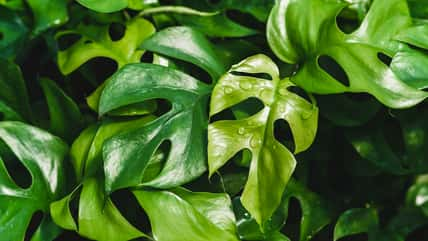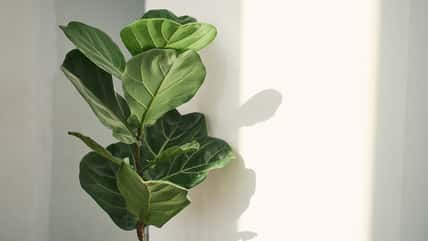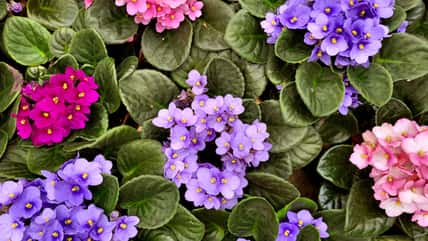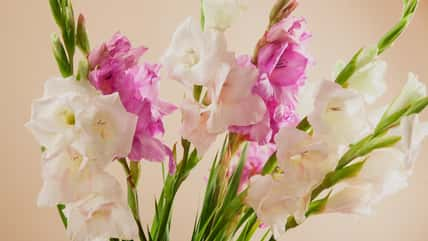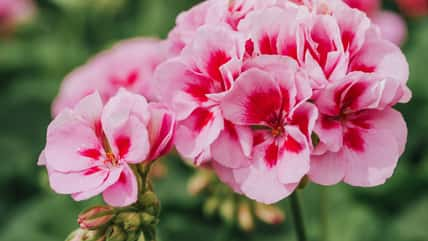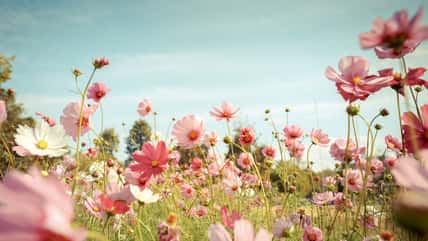If You’re Interested In Making Your Lawn Environmentally Friendly, Here’s What You Can Do To Achieve That
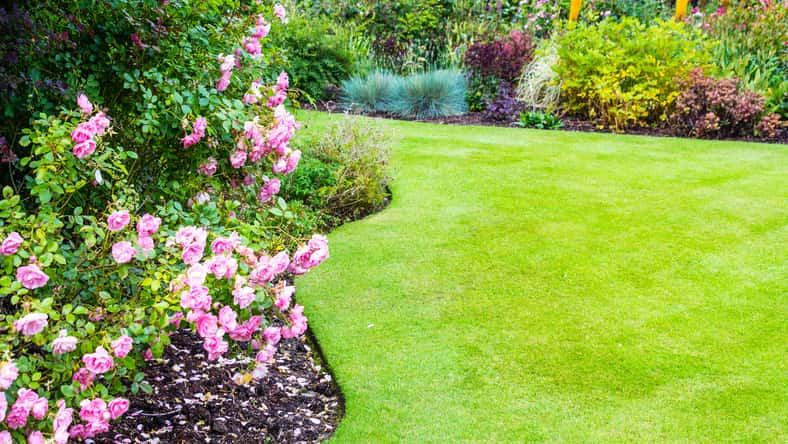
Here in the U.S., we love our lawns. A lush, emerald lawn is a great play area for children and dogs. It’s also a sign of being a good neighbor who takes care of their property.
But lately, some homeowners are rethinking the purposes of a lawn. The question of whether it’s worth it to keep up traditional lawn care solely for the aesthetic appearance is being measured against the cost, effort, and environmental consequences.
Pristine lawns require a lot of maintenance, such as mowing, fertilizing, watering, and eliminating pests and weeds. These common lawn practices often have a negative impact on the environment.
So here are some eco-friendly ways to care for your turf that take less work and use less water and chemicals than the typical lawn.
Work with nature by allowing plants native to your area to take over your lawn. Native plants help reduce your environmental footprint while supporting wildlife.
Native plants and flowers serve as food for birds, butterflies, and other pollinators, helping the earth to thrive. Once the plants are established, they don’t need to be watered often.
Plus, you won’t really have to use fertilizer or pesticides or mow very frequently, saving you time and money. Not only that, but pesticides are harmful to beneficial insects.
So cutting down on the use of pesticides will keep toxins out of the area and let the helpful bugs stay around.
In addition, letting your lawn grow out will also give you cleaner air. Lawnmowers are notorious for spreading out grass pollen, triggering allergy symptoms like sneezing, itchiness, and sinus congestion. It turns an already unpleasant chore into an even bigger challenge.
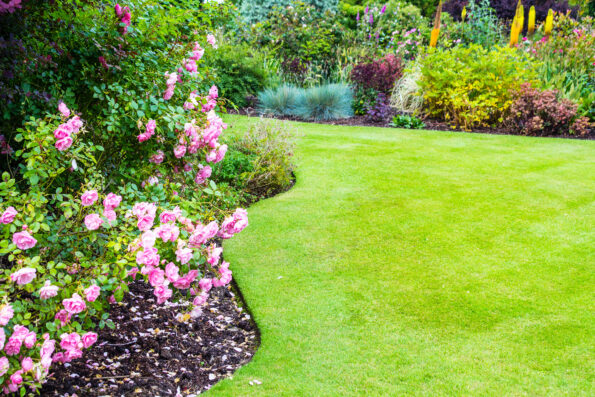
JulietPhotography – stock.adobe.com – illustrative purposes only
According to the Department of Environmental Conservation, the average gas-powered lawn mower releases 14.76 pounds of air pollution an hour, which is equivalent to a twenty-mile car trip.
So if you want to keep your air fresh and clean, scale down on the mowing. If you’re not comfortable with letting your whole lawn go, try choosing a portion of it to grow out. You might find it satisfying to see more wildlife visit your property.
Next, we will discuss pesticides. Even if you do decide to continue tending to your traditional lawn, there are still some methods you can adopt to be a little more environmentally friendly.
Instead of using chemical pesticides, switch to a chemical-free yard. Although the chemicals are useful for getting rid of undesired pests, exposure to pesticides can pose a risk to you, your children, and your pets.
Luckily, there are other pesticide alternatives that are still just as effective while also being non-toxic, like neem oil. It acts as a repellent against insects, making it harder for them to lay eggs.
Neem oil is harmless to most creatures and will not disrupt the ecosystem the same way a chemical spray would. However, if you do need to use a chemical pesticide, make sure to store them properly and spot-treat whenever possible.
If true crime defines your free time, this is for you: join Chip Chick’s True Crime Tribe
Sign up for Chip Chick’s newsletter and get stories like this delivered to your inbox.
More About:Gardening
